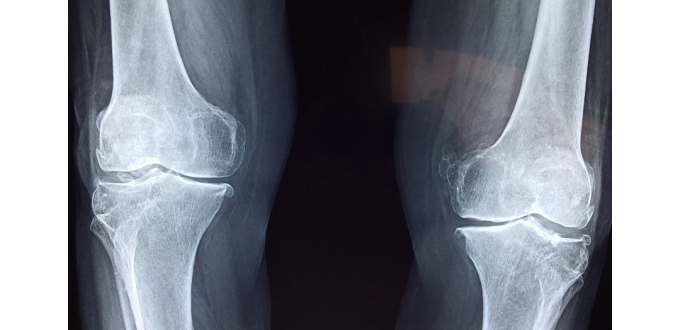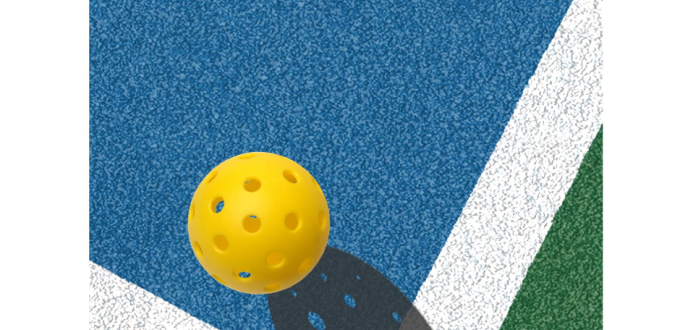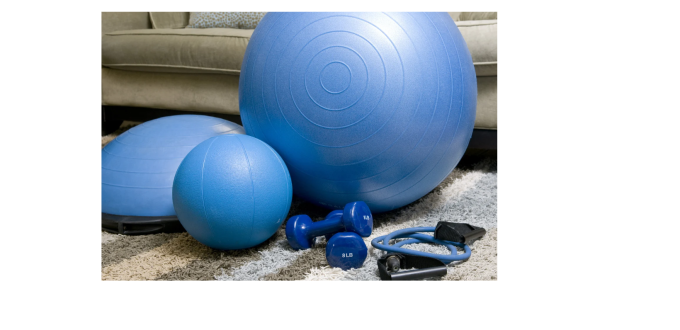There is currently a Netflix documentary on the Blue Zones called Live to 100: The Secrets of the Blue Zones with Dan Buettner. There are also books about the Blue Zones but the Netflix series has raised more awareness about them.
Maybe you don’t want to live to 100 but maybe you are looking to make changes in the new year or are working on or thinking about new year’s resolutions. Some tips from the Blue Zones might help you have the best year yet!
The Blue Zones are areas of the world where people live the longest and healthiest. I enjoyed watching the documentary and learning more about each area and their lifestyle habits…and bonus,…. they are all beautiful places which made me want to travel to them.
My biggest takeaways were that people in each Blue Zone:
1) Had a purpose/knew their purpose. They also knew their values and were valued by their communities.
2) Focused on the present
3) Saw friends or family everyday
4) Move naturally all day long – no gym or set exercise needed
5) Did not have a lot of chronic stress and they had daily routines to de-stress like naps, happy hour, prayer, etc.
6) Connection to elders is valued/treasured – people in these communities and families gained wisdom from their elders which allowed them to excel
7) Volunteered/served humanity
8) They had an 80% rule which is to eat until you are 80% full and then stop and they also ate their smallest meal of the day in the late afternoon/evening and didn’t eat after that. A lot of the food they eat comes from their own garden.
9) Daily happy hour! In the blue zones they would drink alcohol 1-2 glasses regularly with friends and food.
Other notes from watching the documentary are that in each Blue Zone family came first and most families were nearby or in the same home. They had social circles that consisted of people that supported healthy habits. Centenarians in these areas also tend to belong to some type of faith based community.
Gardening, housework, yard work, walking, taking the stairs, staying busy with different hobbies and being outside were the ways they stayed moving throughout the day. Less time sitting and more time moving. Less time driving and more time walking or biking places.
The Blue Zones lifestyle adds 10-12 years onto the average persons life expectancy.
So are you feeling inspired now? Maybe call up a friend and go walking. Set up a happy hour. Ask yourself why you get up in the morning? Make sure you know your purpose and can manage stress and enjoy life like those in the Blue Zones:) Happy 2024!










